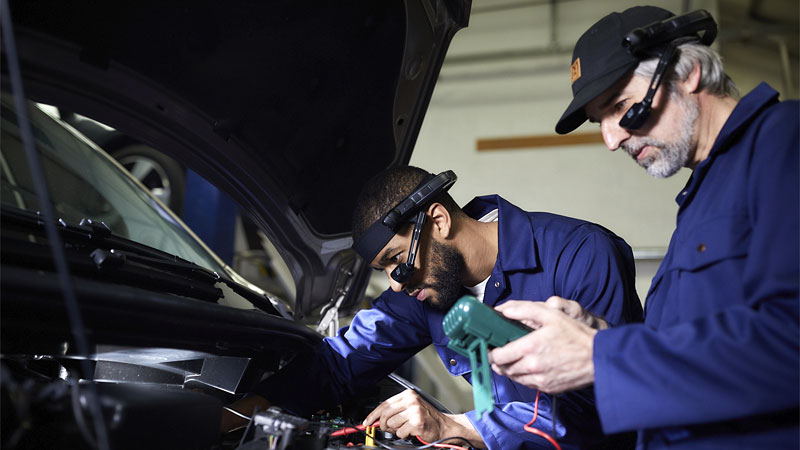Why Electrification Is Fueling Dealer Adoption of Assisted Reality Tech
With Ford’s recent launch of the F-150 Lightning pickup, the most popular vehicle in North America has gone electric. With 200,000 reservations for the all-electric truck already logged, the release is seen as a bellwether for consumer acceptance of electric vehicles—EVs have officially gone mainstream. The increasing electrification of the … Read more


